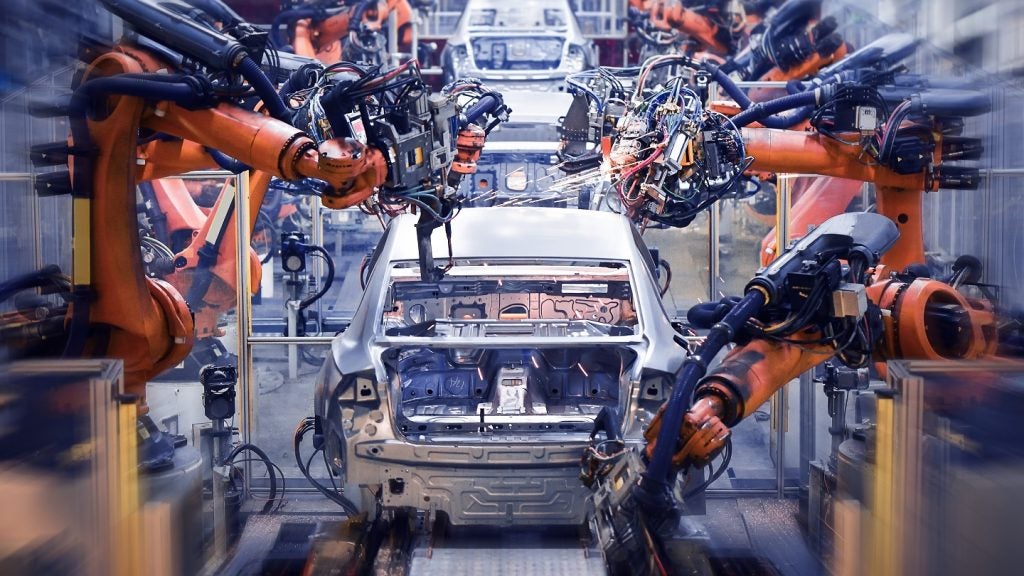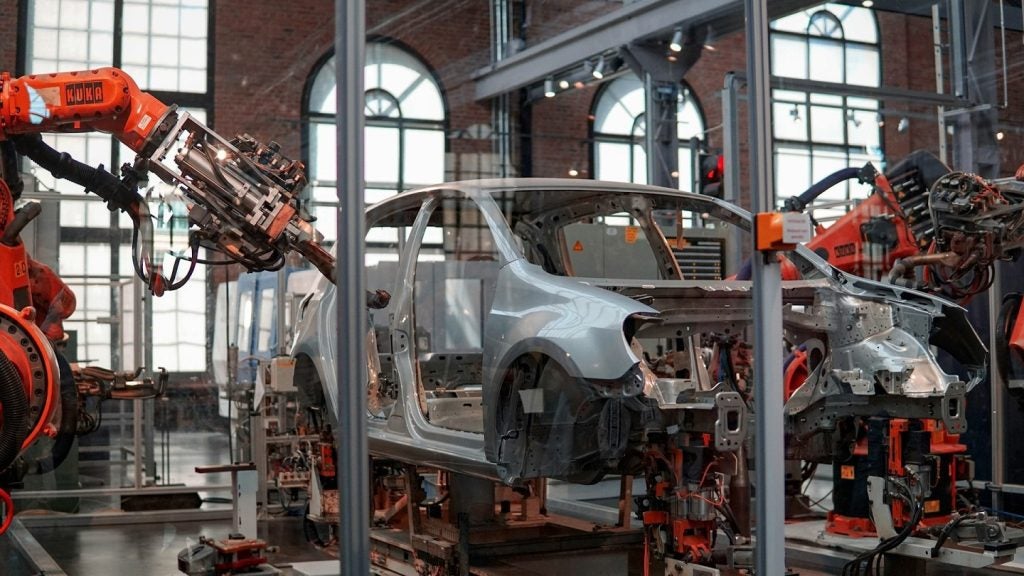
At the turn of 2023/2024, the German economy is characterized by pessimism, at least if you believe the German Economic Institute (IW). The reasons for this are multi-layered. They include the weakening global economy, interest rate hikes, but also uncertainties regarding the federal budget.
In addition, confidence in Germany as a business location is waning, not least due to the abrupt end of the e-car subsidy. A lack of reliable framework conditions and the shortage of skilled workers make it difficult to look ahead to 2024 with optimism.
Nevertheless, the Berylls experts see reason for cautious optimism in the automotive industry. After all, following many low points in the recent past, the German automotive industry has returned to a path of growth.
Stefan Schneeberger, production expert at Berylls: “In the coming years, German vehicle production will grow by 2.5 percent per year, significantly faster than real gross domestic product (GDP), which is forecast at 1.4 percent per year. If we assume this growth, 5.3 million vehicles will be produced in Germany in 2030, compared to 4.3 million last year.”
According to a statement by the company, growth of 24 percent is expected by 2030, which is significantly higher than in China. The increase in vehicle production there will be 17 percent in the same period.
However, the production figure given for Germany represents an average value that lies within a corridor with a considerable range. This is because the automotive industry in Germany is facing two major challenges. Firstly, its transformation towards e-mobility and secondly, industrial policy upheavals. These include the wars in Ukraine and the Middle East, as well as increasing market protectionism in the various regions of the world.
How well do you really know your competitors?
Access the most comprehensive Company Profiles on the market, powered by GlobalData. Save hours of research. Gain competitive edge.

Thank you!
Your download email will arrive shortly
Not ready to buy yet? Download a free sample
We are confident about the unique quality of our Company Profiles. However, we want you to make the most beneficial decision for your business, so we offer a free sample that you can download by submitting the below form
By GlobalDataRelocations of production and negative effects on business models could be the consequences. They would cause domestic production to shrink by up to 32 percent, as the Berylls analysis suggests. In the best-case scenario, however, six million vehicles will be produced in Germany in 2030, an increase of 13 percent compared to the assumed average. In reality, however, the production volume will not increase at the domestic OEMs, but almost exclusively at Tesla‘s plant in Grünheide near Berlin. On average, German manufacturers are not planning any growth in local production and are also heavily dependent on developments in the premium segment.
Another problem for the domestic industry are manufacturers that are setting up operations in neighboring European countries. The announcement by BYD is a good example of this. The Chinese manufacturer is planning a plant in Hungary and will supply Europe with comparatively affordable vehicles from there. However, to ensure that Germany remains an important location in the future, it would be desirable to invest in local production sites or for new manufacturers to locate their European production in Germany, similar to Tesla.
It would be the task of a committed industrial policy to set the course for this. This certainly includes cutting red tape from many processes. In contrast, the Berylls experts see the temporary introduction of an industrial electricity price as unhelpful.
If the automotive industry shrinks in Germany, this will have an immediate and significant impact on GDP. The worst-case scenario forecast by Berylls, with a decline in production of 1.7 million vehicles by 2030 (measured against the mean value), would have a negative effect on GDP of 1.6 percent.
To prevent this downturn, all relevant players are called upon to take effective countermeasures. The OEMs alone cannot achieve this.







